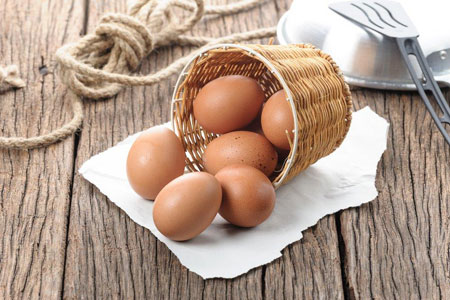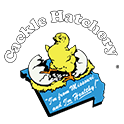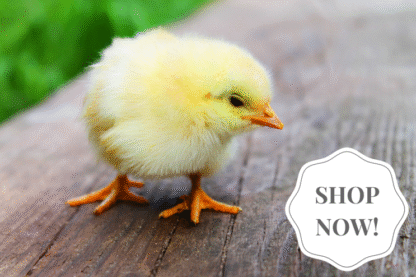
The price of eggs fluctuates more than for any other food. During the past decade or so, egg prices have been see-sawing up and down — but mostly up. A tribute to how much we love eggs is that the price has to get pretty high before people stop buying them. But, since there’s no substitute for a real egg, can you beat eggflation by growing your own?
Eggflation at the store
Reasons for eggflation are many and varied. The media often lays the blame squarely on bird flu. True, bird flu has resulted in massive disruption of the egg supply as layers are culled to control the spread of flu among large concentrations of laying hens.
But the Covid-19 pandemic also contributed to eggflation. The closing of restaurants resulted in less large-scale demand for eggs and thus a reduction in commercial egg production. When consumers rushed to stock up on foods to cook at home, eggs were at the top of the list. While shortages persisted, demand rose and the price of eggs went up.
Add the cost of purchasing and growing replacement laying hens after both the pandemic and spikes in bird flu outbreaks. Egg producers then wait months before the replacement pullets start laying. Meanwhile, egg shortages increase prices.
Many other factors are to blame for eggflation: The shift toward higher cost cage-free egg production on an industrial scale. The war in Ukraine disrupting grain exports, thus increasing the cost of feed. Increased fuel prices, which increase the cost of transporting eggs and feed. Higher wages for the workers who produce and transport eggs and feed.
And just as increased feed prices increase the cost of industrial egg production, so also does it make chicken keeping more expensive for backyarders. So can you really beat eggflation?
The price of eggs
First let’s look at what’s really meant by the price for a dozen eggs. Figures quoted in the news, without specification, are often wholesale prices. In other words, how much the egg producer gets. The retail price, on the other hand, is how much you would pay at the store.
So when you read in the news that the cost of eggs has changed, the price quoted may not reflect what you would pay at the store. Or a change in store prices may be delayed as the less (or more) expensive eggs work their way through the pipeline.
Besides all that, egg prices are often quoted as national averages. On the other hand, egg prices vary from state to state. They even vary from one locale to another within a state. So the only way to truly know what your local egg prices are is to check at a local grocery store.
Beating eggflation with homegrown eggs
You might want to calculate how much your homegrown eggs cost, compared to those currently sold at the grocery store. For this you’ll need to keep track of the total cost of the amount of feed your hens eat during a specific period of time. And also keep track of the number of dozen eggs your hens produce during that same period.
To find the cost of feed per dozen eggs, divide the total cost of feed by the total number of dozen eggs. On average, that dollar figure represents 65% of your overall expenses. Those additional expenses include supplies like coop litter, and amortization of your flock’s housing facilities.
So, to get closer to the actual cost of producing your homegrown eggs, multiply the cost of feed per dozen eggs by 100 and divide by 65. Compare this final cost of producing homegrown eggs against the price of eggs at the store. That tells you how closely you’re able to beat current eggflation.
Having your own flock of chickens may not give you cheap eggs. But it does insulate you against grocery store shortages and purchase restrictions. And you have many ways to preserve fresh eggs in times of surplus to use when your hens go on strike — such as during hot weather or a molt. Above all, you’ll have the satisfaction of gathering your own fresh homegrown eggs every morning without having to make a trip to the store.
Helpful Links
12 Chicken Breeds with the Best Laying Hens
A Beginner’s Guide to Raising Chickens for Eggs
And that’s today’s news from the Cackle Coop.
Gail Damerow has written several books about keeping poultry, many of them available from the Cackle Bookstore.

